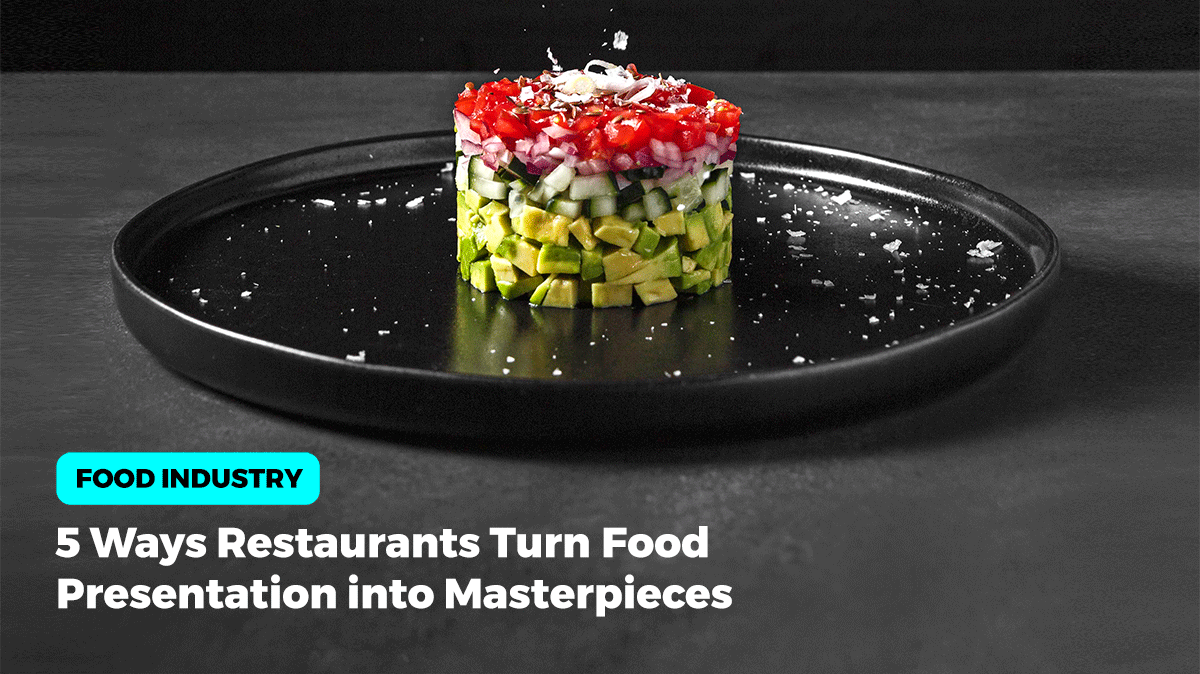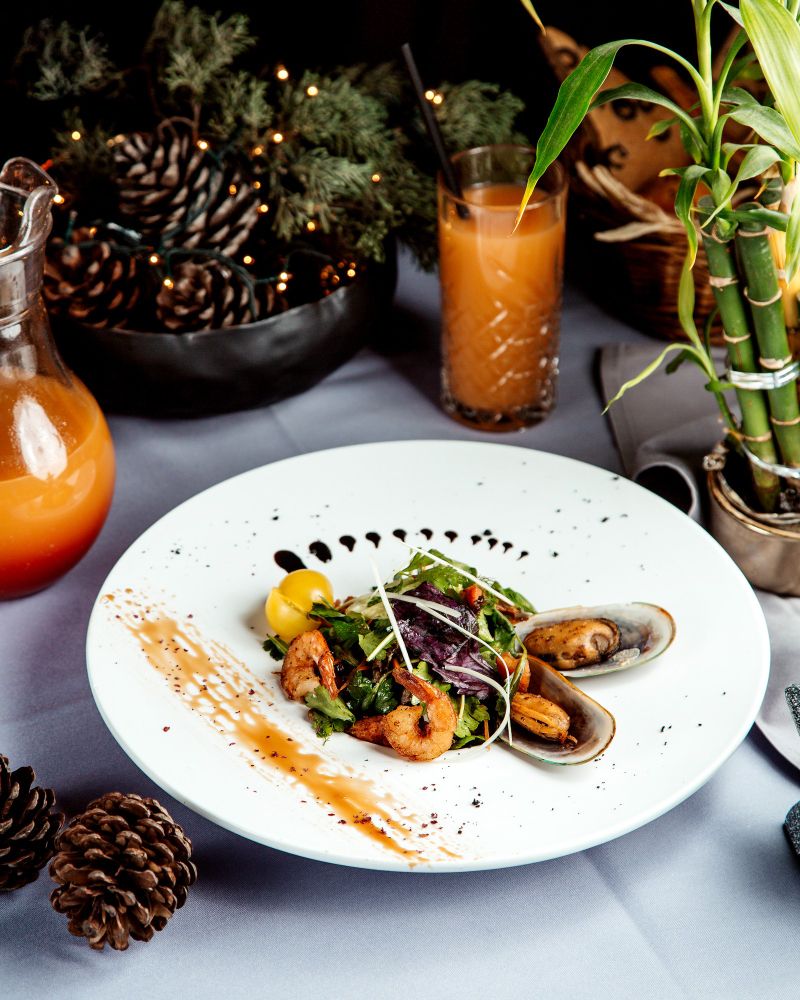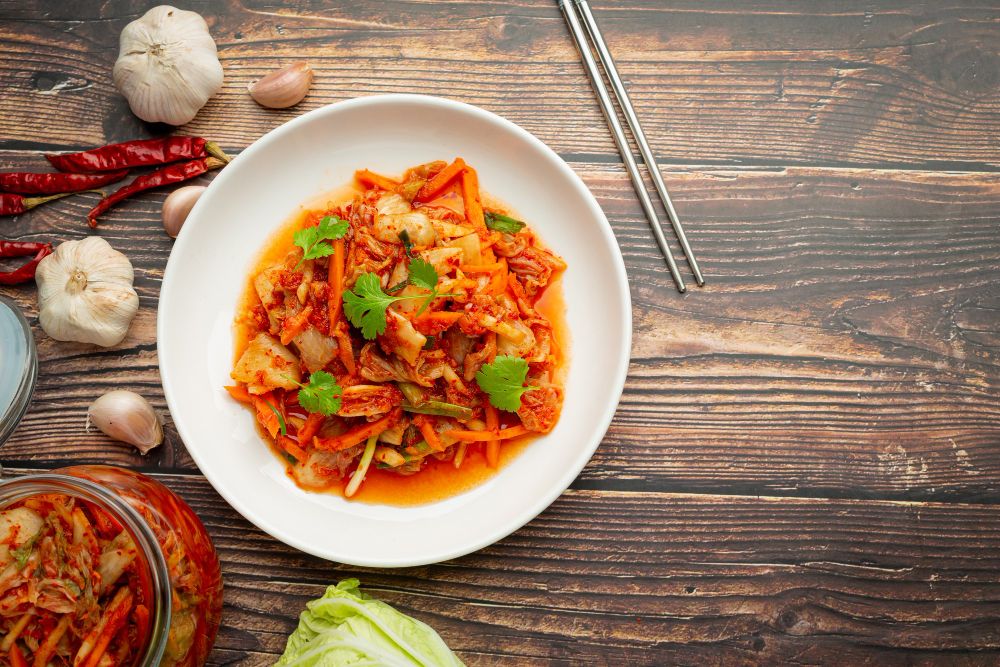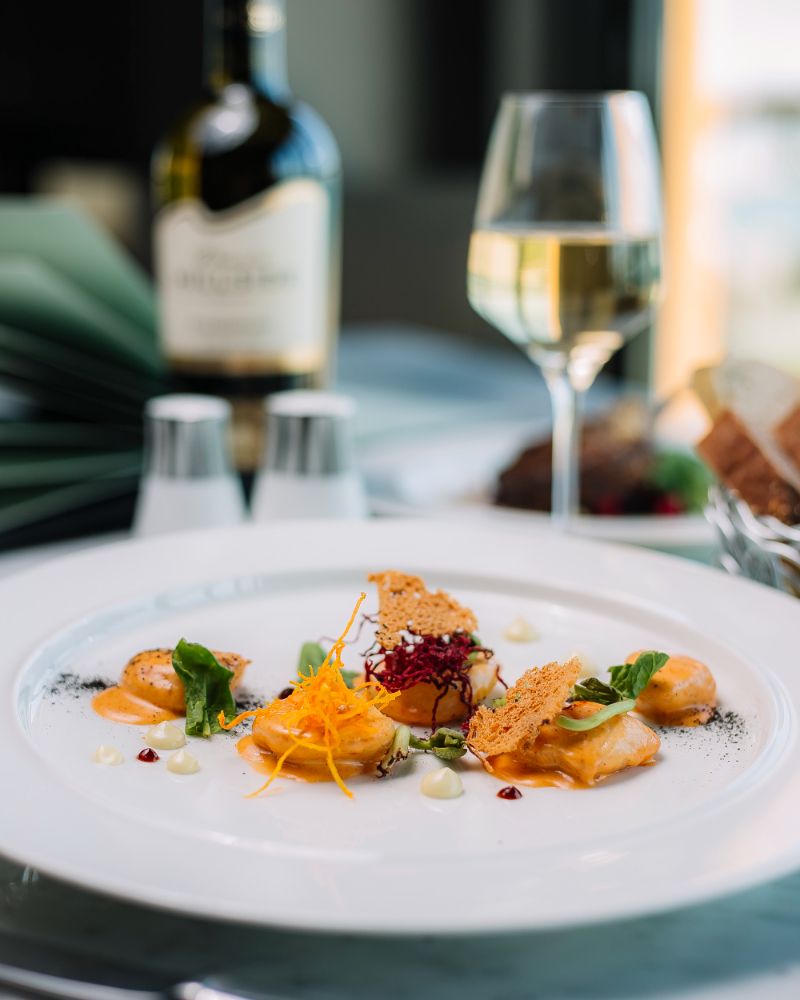5 Ways Restaurants Turn Food Presentation into Masterpieces

Increasing numbers of restaurants serving various cuisines today significantly emphasize the art of food presentation. This phenomenon is associated with the rise of social media platforms, where restaurants showcase their culinary creations through restaurant marketing and guests expect to publish the food they eat.
As a result, restaurants have been compelled to improve the aesthetics of their dishes to meet both marketing and customer expectations. This has led to a greater emphasis on their products' meticulous decoration and presentation, aiming to produce visually stunning results.
As we have already discussed, Generation Z has played a significant role in shaping a prevalent restaurant trend by seeking aesthetically pleasing dishes to post on social media platforms. This trend has emerged as a form of restaurant advertising, with the results largely dependent on how businesses utilize it. The restaurant's ability to convert this social media exposure into a positive marketing tool is crucial.
Consider a scenario in which a customer visits your restaurant, snaps an enticing photo of a dish, and immediately shares it with their social media followers. This act's potential reach and impact cannot be overstated.
Visual appeal is paramount in this context, and it directly influences the effectiveness of your restaurant's advertising. The advertising potential is enormous if the food plating and presentation are appealing. For this trend to work to your restaurant's advantage, consistency and excellence in visual appeal and flavor are essential to a rocking dining experience.
The Artistry Behind Food Plating and Presentation
Plating food and its presentation are as important as its flavor, making plating a culinary art that requires time and attention to detail. It serves as the first point of contact between the restaurant's creation and the diner, influencing their expectations as the dish is served. Even if the taste is exceptional, a flawless presentation can elevate the dining experience and leave a lasting impression.
However, it is essential to recognize that a beautifully presented dish cannot compensate for a lack of flavor, whereas delicious food can partially compensate for a lackluster presentation. To achieve an exceptional and artistic result, equal weight should be placed on the taste and plating processes.
In addition, diners enjoy the olfactory experience, as the dish's aroma tantalizes their senses and prepares them for the upcoming culinary adventure. The texture of the food also plays an important role, providing a diverse tactile experience that complements the cuisine served.
Five Ways To Plate Food Visual Masterpieces
To turn food presentations into visual masterpieces, you need to take control of plenty of different factors, like the color palette and contrast of the food and generally of the plate you choose, texture and layers in a dish, plate size and color, garnishes, and presentation themes.
Present the main section of the article, outlining the five key strategies restaurants use to turn food presentation into visual masterpieces.
1. Plate and Platter Selection
White plates were the most popular restaurant option when selecting a plate color. This is beginning to change at present. Even though white plates remain a popular option, other colors, such as black, tile, etc., are beginning to appear on plates due to new plating techniques and materials.
Regarding the selection of the dish, chefs are divided into two teams: those who choose a harmonious color palette for their dishes so that the color of the dish complements and enhances the visual appeal of the food, and those who do not. Also, there are those who use contrasting colors to create visual impact.

Decoration is of utmost importance when selecting a dinner plate. The plate should draw attention to the food and not allow it to become lost. Therefore, the plate's color and size should highlight the food's appearance and not distract the consumers' eyes from it. Ensure that every dish that leaves your kitchen is an artistic creation.
2. Textures and Layers
An interesting and complex dish can be achieved through layering and texture techniques. The contrast between a dish's textures can increase its appeal and enjoyment. On the other hand, adding layers of different textures and flavors to the dish is the best way to elevate even the most basic dish, contributing to a better dining experience.
Here are some examples of layering techniques that showcase texture:
- Combining crispy and creamy components is a standard layering technique.
- Hot and cold components can be layered to create a dynamic eating experience.
- Combining saucy and dry ingredients can create a balanced dish.
Consequently, you can experiment with different layers in various dishes, mixing and combining various desserts, different layers in salads, tacos, and much more.
3. Color Palette and Contrast
Numerous restaurants select a particular color palette for their brand, which extends to the presentation of their food. The color scheme should complement the restaurant's motif and overall branding. Some other restaurants adjust their color palette according to the season and the available ingredients. Moreover, different cuisines have their own traditional color palettes due to cultural influences.
Contrasting color combinations can make a dish visually striking. For instance, combining bright red tomatoes with bright green basil creates a visually appealing contrast.

What else, other than color, can be contrasted? Height and texture are also part of it. The visual appeal of a cold and hot dish can be enhanced by using a variety of textures and heights. However, a certain amount of empty or negative space is essential; for example, you shouldn't pile your plate high with different foods and materials to avoid an unappealing visual overload; instead, you should aim for harmony.
4. Garnishes and Edible Art
One rule that all chefs should adhere to when preparing and serving food is the use of edible garnishes. Every food served on the plate should be palatable, so no customer of any age is in danger. Thus, everything should be made from natural materials,setting your restaurant apart, whether it is a fine dining establishment or a casual eatery.
The artistic use of garnishes and edible decorations in restaurants enhances the visual appeal of dishes and improves the overall dining experience. Chefs frequently transform simple ingredients into edible art using various techniques and inventive preparations. Let's investigate some insights and examples of intricate garnishing techniques:

- Microgreens and Herbs:
It is common practice to garnish meals with microgreens and other miniature herbs. They can be sprinkled artistically on salads, soups, and main courses. - Citrus Fruit Zest:
Citrus fruit zest, such as that of lemons, limes, and oranges, can be grated or peeled to create attractive patterns and designs in cakes and seafood. - Sugar Art:
Sugar flowers and spun sugar nests can be created when sugar is melted and shaped into new shapes, and they are typical decorations for birthday and wedding cakes. - Edible Flowers:
Adding edible flowers can enhance salads, desserts, and main courses. - Sauce Art:
Chefs can be creative when using sauces to decorate plates. For instance, chefs can drizzle in a spiral pattern around the plate to add visual appeal to a dish.
Many high-end restaurants use smoke and fog as an additional garnish that can make all the difference in a presentation. To increase the sensory pleasure of a meal, one could, for instance, lift a cloche and release a waft of aromatic smoke.
5. Presentation Themes and Storytelling
Restaurants have embraced the art of storytelling through food presentation, creating immersive experiences that engage diners on emotional and cultural levels. The art of culinary storytelling aims to continue to be a journey of discovery where every plate tells a unique and captivating story.
The concept of a plate that tells a story extends beyond the ingredients. It involves communicating a message, a culture, or a personal journey through each dish. Thus, the ingredients, technique, plating, and flavors are influenced by the narrative. In contrast, the narrative of the dishes can follow a similar path to that of the restaurant, such as in theme-based Harry Potter restaurants or holiday-based storytelling, such as St. Valentine's Day.
Conclusion
Social media's advent has made food's visual appeal a vital consideration for restaurants experiencing growth. As an increasing number of diners rely on photos and videos shared by friends and businesses on social platforms to make dining choices, it's evident that aesthetics, in addition to taste, are crucial for the dining experience.
Guests now anticipate not only a delicious meal but also an impressive atmosphere when they walk into a restaurant. While the vibrant and artistically presented dishes undoubtedly astonish them, the taste remains at the core. To entice and retain customers effectively, restaurants should harness the power of visual content creativity like never before.
With the assistance of Blend, you are able to devote yourself entirely to the creation of impressive plate decorations and serving techniques. Blend enables you to have the most impressive employee scheduling app and the most comprehensive task management on your mobile device.
